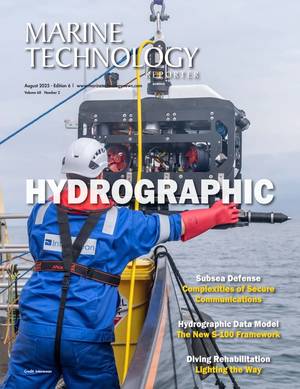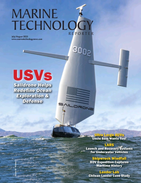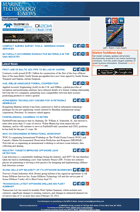
DEEP Expands U.S. Operations with $100m Investment, Builds Subsea Human Habitat in Florida
to be constructed in four decades.Construction of Vanguard is underway in Florida. Designed for four-crew, medium-duration missions of a week or more, the habitat will support specialist projects such as scientific research and environmental monitoring, technical diving and spaceflight training, and coral reef restoration.Vanguard will also become the first underwater habitat to be classed by DNV, an international certification and classification provider for underwater technology.As part of the Vanguard build program, DEEP has awarded a multimillion-dollar contract to Triton Submarines, the Florida-based
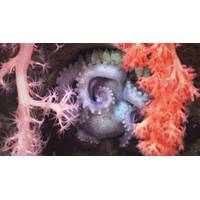
Exploring Ocean Canyons, SOI Strikes Again with Groundbreaking Research
Falkor (too) off the coast of Argentina. The expedition took place in the Mar del Plata Canyon, one of Argentina’s largest underwater canyons. The deepest point is over 3,500 meters — nearly twice as deep as the Grand Canyon. The science team documented rich biodiversity, including deep-sea coral reef environments filled with sea anemones, sea cucumbers, sea urchins, snails, and others.Image courtesy Misha Vallejo Prut / Schmidt Ocean InstituteThe 21-day expedition took place in the Mar del Plata Canyon, one of Argentina’s largest underwater canyons, located 300 kilometers (186 miles)
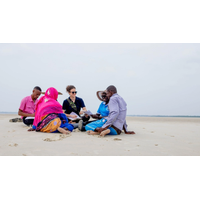
Good Ocean, Good Business
as new projects generate benefits for rural communities, cities and the environment.In Papua New Guinea, the UN Sustainable Development Group is focusing on creating meaningful, sustainable livelihoods for women and youth in Kimbe Bay, a biodiversity hotspot that is home to the second-largest number of coral reef species in the world.The community there has been heavily reliant on fishing, but the marine ecosystem is facing mounting pressure from pollution, climate change and unsustainable resource use. Seaweed helps purify the water, reduce carbon and support marine life.The UN program is called "
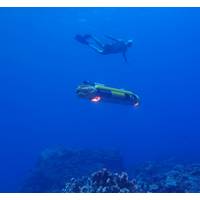
Nortek Nucleus Supports Coral Reef Photogrammetry Project
(NTNU), University of Sydney, California Academy of Sciences (CalAcademy), Oceanly, University of Western Australia, and University of Auckland, supported by Inkfish, the University of Sydney’s Seeker AUV, equipped with a Nortek Nucleus 1000, worked alongside divers to create a 3D map of a coral reef off the coast of Tonga.Researchers from NTNU, the University of Sydney, and CalAcademy are working together to investigate how mesophotic reefs (low-light coral reefs in middle-depth waters) support the genetic diversity of corals which are increasingly threatened by climate change.“Shallow
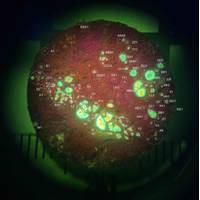
There’s No Place Like Home
large-scale NOAA-led and partner-driven coral restoration initiative in NOAA’s Florida Keys National Marine Sanctuary. The dwelling structures, called calcification accretion units (CAUs), mimic the places where larvae settle naturally before growing calcium carbonate structures that become coral reefs. CAUs are left on the seafloor for up to a year, and then retrieved for scientists like Ladd to record the number of coral recruits and the weight of calcified material that accumulated on the tiles.“We are interested in coral recruitment because this is a fundamental process for the persistence
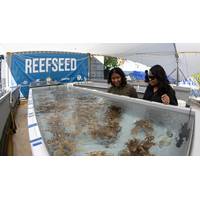
Portable Coral Restoration System Tested in the Maldives
A portable reef aquaculture system designed by scientists from the Australian Institute of Marine Science (AIMS) to aid coral reef restoration in remote locations has been successfully tested in the Maldives by a team of local technicians and biologists.The Maldives Marine Research Institute (MMRI) employees were trained by researchers from AIMS to assemble and run the self-sufficient system – known as ReefSeed - at Maniyafushi island in the South Malé Atoll, home of the MMRI.Following coral spawning in April, the MMRI team used the system independently to rear more than three million
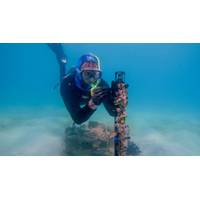
The Soundscape Code
Damselfish can make pops, clicks and chirps by grinding their teeth. When seeking a mate, some can make more high-pitched sounds.Another coral reef dweller, the snapping shrimp, makes a sound with its large claw to stun its prey or deter predators. A cavitation bubble is formed when the claw opens and closes rapidly, and the sound is produced when the bubble collapses.It’s sounds like these that can be used as a proxy measure for reef health. Generally, a noisy reef is a healthy reef, but to gain a more detailed understanding than this, it is important to consider where, when and how the sound
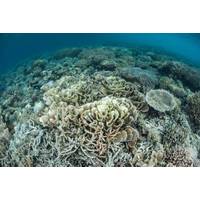
Global Coral Bleaching Crisis Spreading
More than four-fifths of the world's coral reef areas have been affected by devastating mass bleaching spurred by record-high ocean temperatures, turning many once-colorful reefs a ghostly pale hue, scientific authorities said on Wednesday.Bleaching is triggered by anomalies in water temperature that cause corals to expel the colorful algae living in their tissues. Without the algae's help in delivering nutrients to the corals, the corals cannot survive.The world's fourth mass bleaching event, which scientists declared one year ago, has shown few signs of slowing down, according to the
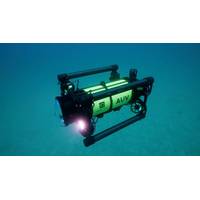
Boxfish Robotics: Autonomous Hovering AUV for Marine Research
graphical user interface, SafePath Planner, offers a high level of customization and ensures that the AUV can navigate complex underwater environments with ease. Users can also monitor the progress of the mission and intervene if required.The AUV supports benthic photogrammetry work, seabed mapping, coral reef and artificial coral reef monitoring, coral bleaching studies, fish studies, and invasive species studies. The Boxfish AUV operates without a tether at depths of up to 600 meters, with future enhancements planned to reach 1000 meters. The Boxfish AUV can carry a number of sensors to measure water
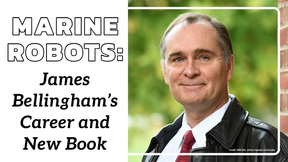
 August 2025
August 2025
